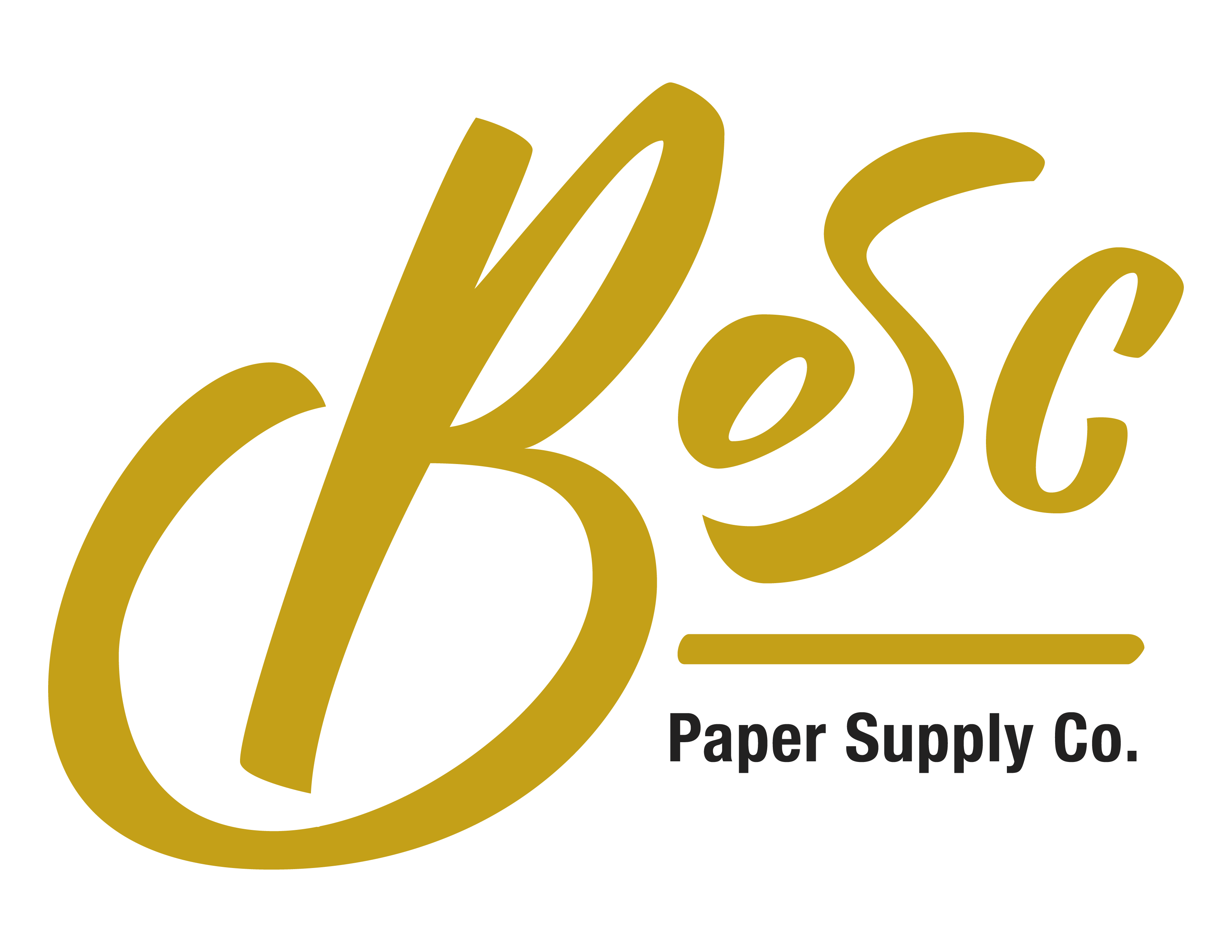
Alexander Calder: Modern from the Start
On Alexander Calder's fruitful, creative and enduring relationship with MoMA, from the early wire sculptures to late abstractions
Alexander Calder's work first appeared in the Museum of Modern Art's galleries in 1930, in the exhibition Painting and Sculpture by Living Americans. Over the next decades the artist's connection with the Museum would be deep, productive and mutually beneficial. Calder cultivated friendships and working relationships with notable figures, including Alfred H. Barr Jr., the Museum's founding director, and James Johnson Sweeney, with whom he collaborated on his expansive retrospective exhibition in 1943. His work is imprinted on MoMA's early history, not only for its material and conceptual innovation but also for its presence at significant moments, such as a mobile made to hang over the lobby's grand staircase on the occasion of the new Goodwin and Stone building (Lobster Trap and Fish Tail, which hangs there to this day); an elaborate candelabra to adorn the tables at a celebratory anniversary event; and a sculpture to fly off a flagpole to advertise the landmark exhibition Cubism and Abstract Art.
Alexander Calder: Modern from the Start celebrates this extraordinarily fertile relationship between an institution and an artist who was both an important creative partner and, with his magnificent gift of 19 works in 1966, a major donor. Through MoMA, Calder came to be known as a pioneer of modern sculpture, and through Calder, MoMA came to understand itself as an American museum of modern art. After studying engineering, Alexander Calder (1898-1976) moved to Paris in the late 1920s, where he found himself at the center of the city's artistic avant-garde. There, he developed his Cirque Calder, a performance artwork comprising dozens of miniature handmade objects, and a group of standalone figurative works in wire. Turning toward abstraction in 1930, Calder invented the mobile--an abstract sculpture made of independent parts that incorporate natural or mechanical movement. He would continue to explore the possibilities of this visual language for the rest of his career, eventually shifting to monumental constructions and public works.Author: Alexander Calder
Binding Type: Hardcover
Publisher: Museum of Modern Art
Published: 03/02/2021
Pages: 144
Weight: 2.1lbs
Size: 10.70h x 9.20w x 0.50d
ISBN: 9781633451162
Shipping Information
Orders are typically processed and shipped within 2-3 business days.
We are currently not shipping internationally.
We are not resposible for any delays due to the carrier due to location, time of year, and weather.
Customer Support
Please contact info@boscpapersupply.com with any questions or concerns. We typically respond within 24 hours.
FAQ’s
Do you accept returns?
Yes, please contact info@boscpapersupply.com within 21 days of purchase to exchange or refund your order.
Item(s) must be unused and returned in the same condition that you received it.
Only regular priced items may be exchanged or returned, sale items are final.
You will be responsible for paying for your own shipping costs for returning your item unless approved otherwise by our customer service rep. Shipping costs are non-refundable. If you receive a refund, the cost of return shipping will be deducted from your refund.
What happens if I receive a damaged item?
We take great care in packaging your order and if we make a mistake, we want to correct it immediately. Please notify us as soon as possible at info@boscpapersupply.com to resolve the issue.
Can I order books through Bosc?
Yes, please email info@boscpapersupply.com with the title of the book you are wanting to order and we will let you know if we are able to order it for you.
Contact Us
Email us at info@boscpapersupply.com for any questions, comments, or suggestions.
